ZRX protocol has made a remarkable imprint on the audience five years since it was formed, providing an open protocol that allows for low-friction peer-to-peer token trading on the Ethereum blockchain. Since 2017, the platform has steadily increased its market share and now supports a variety of networks, including Ethereum, BSC, and Polygon. Nowadays, over 30 projects use ZRX as the back-end DEX protocols. Additionally, the ZRX API is used by several dApps to offer safe DEX data.
If you’re interested in learning more about ZRX but unsure where to start, this simple guide will teach you everything you need to know about the project and prepare you to dive into it.
What Is ZRX?
ZRX crypto protocol enables a tokenized society in which all value, including previously illiquid assets such as real estate, can freely move. In addition, the protocol allows for the Ethereum blockchain’s frictionless peer-to-peer asset exchange. On ZRX, anyone can create a decentralized exchange, and the ZRX API combines liquidity to allow for the most cost-effective token exchange.
For example, instead of going through a lengthy procedure involving lawyers, escrow agents, and title firms when selling a home, the ZRX protocol provides a comprehensive solution that can be used to tokenize the property and transfer ownership via a smart contract. This eliminates the need for costly intermediaries while speeding up the entire process, effectively turning real estate into a liquid asset.
With the ZRX Launch Kit, anyone can create their own decentralized exchange (DEX) on top of ZRX and collect fees for their services. The ZRX protocol is a standard message format for exchanges, similar to SWIFT, the traditional messaging system banks use to communicate about fiat currency transfers.
The team also released the ZRX API (application programming interface), which combines liquidity throughout the whole network and allows customers to swap assets at the greatest price.
How Does ZRX Work?
ZRX facilitates decentralized token exchanges by utilizing smart contracts, which are free, publicly accessible, and can be implemented into any decentralized application. A smart contract is a transaction that performs automatically when specific criteria are met.
Most trades on decentralized exchanges are powered by Ethereum smart contracts. However, these are executed directly on the blockchain which means that a gas fee is charged every time an order is placed, updated, canceled, or filled, making the process highly expensive.
ZRX proposes using an off-chain relay with on-chain settlement as a solution. This requires a user to submit an order to a relayer, which functions as a network’s bulletin board. The relayer then publishes the order off-chain, where any other user can fulfill it by signing the smart contract with their cryptographic signature.
Point-to-point orders, in which a user puts an order that a particular person can only fill, are also available on ZRX. The assets are never in the relayer’s possession in any sort of order. Only the actual value transfer takes place on-chain, substantially decreasing gas prices and network congestion.
What Sets ZRX Apart?
ZRX’s off-chain relayer technology lets a DEX complete transactions far faster and for less money than exchanges that conduct all of their deals on-chain. However, DEXs aren’t the only apps that ZRX can run. The protocol can benefit from OTC trading desks, digital marketplaces, portfolio management platforms, and exchange functions for decentralized finance (DeFi) products. Because it supports both non-fungible (ERC-721) and fungible tokens (ERC-721), ZRX allows for the transfer of a larger range of assets than most Ethereum-based decentralized exchanges (ERC-20).
What Gives ZRX Value?
ZRX is a utility coin that compensates relayers for hosting an order book with trading fees. The ZRX ecosystem exploded in popularity in 2020, with the protocol reaching $5.7 billion in trade volume in January 2021 alone. The fact that ZRX is a governance token adds to its worth. All ZRX token holders can vote on protocol updates and innovations, which could boost the token’s demand. Because ZRX has a limited maximum supply, scarcity may influence its price and market cap.
Conclusion
ZRX enables the establishment of a tokenized society in which all assets can freely move. The protocol allows for the Ethereum blockchain’s frictionless peer-to-peer asset exchange. On ZRX, anyone can create a decentralized exchange, and the ZRX API combines liquidity to allow for the most cost-effective token swaps.
The protocol’s use of off-chain relayers minimizes Ethereum’s congestion, allowing trades to be performed faster and for less money. Finally, the ZRX token gives relayers control rights and rewards, and the addition of staking improves network economics.


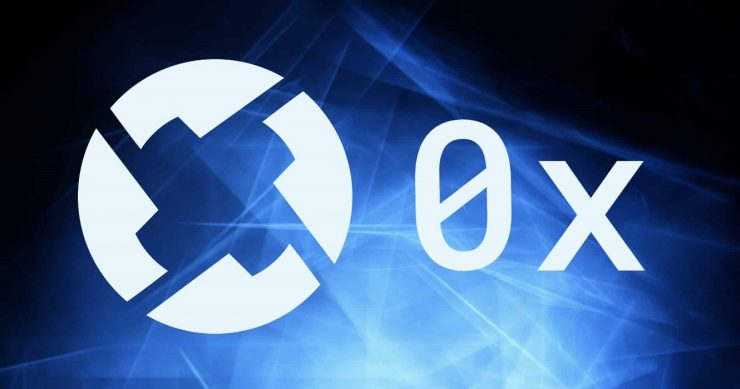
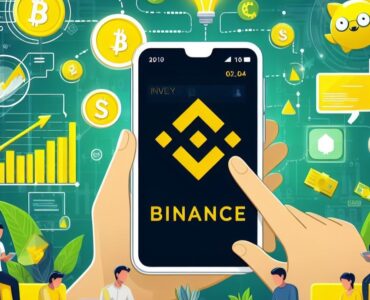
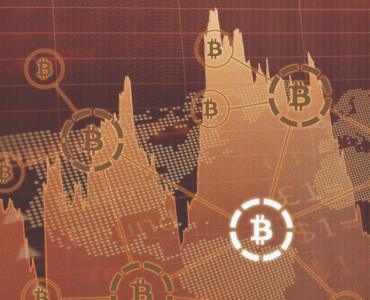

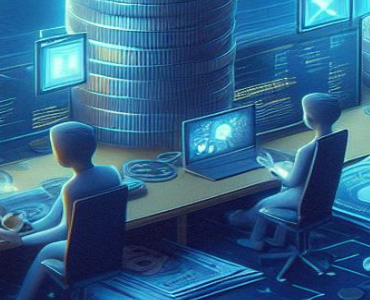
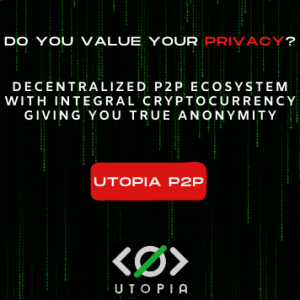






[…] source […]